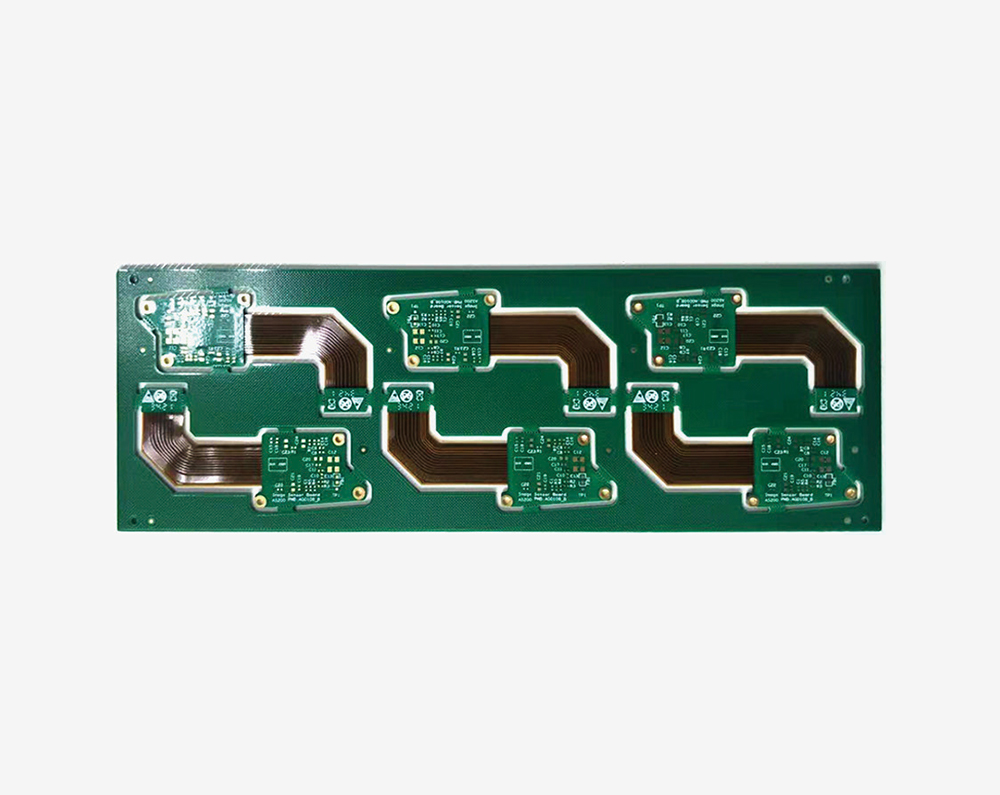Time:2023-08-28Views:
PCB screen printing is an important process in PCB production and also determines the quality of the finished PCB board. So, what are the specifications and requirements for PCB screen printing?
1. All components, installation holes, and positioning holes have corresponding silk screen markings. In order to facilitate the installation of the finished board, the installation holes on the PCB are marked with H1, H2,... Hn by screen printing.
2. Silk screen characters should follow the principle of going from left to right and from bottom to top as much as possible; For devices with polarity such as electrolytic capacitors and diodes, try to maintain consistent orientation within each functional unit.

3. There is no silk screen on the solder pads of the devices and the tin channels that need to be coated with tin, and the device tag number should not be obstructed by the devices after installation; The silk screen should not be pressed on the through hole or solder pad to avoid losing some of the silk screen when opening the solder mask window; The screen spacing is greater than 5mil.
4. Components with polarity are clearly indicated on the screen print, and the polarity direction markings are easy to identify.
5. For connectors with a direction, the direction is clearly indicated on the silk screen.
6. If the space on the PCB board allows, there should be a barcode screen frame on the PCB, and the position of the barcode should be considered for easy scanning.
7. PCB files should have screen printing of board name, date, version number, and other board information, with clear and eye-catching positions.
8. The PCB should have complete relevant information and anti-static labels from the manufacturer.
9. The number of PCB photo files is correct, each layer should have the correct output, and there should be a complete number of layers output.
The identifier of the device on the PCB must be consistent with the identification symbol in the BOM list.

